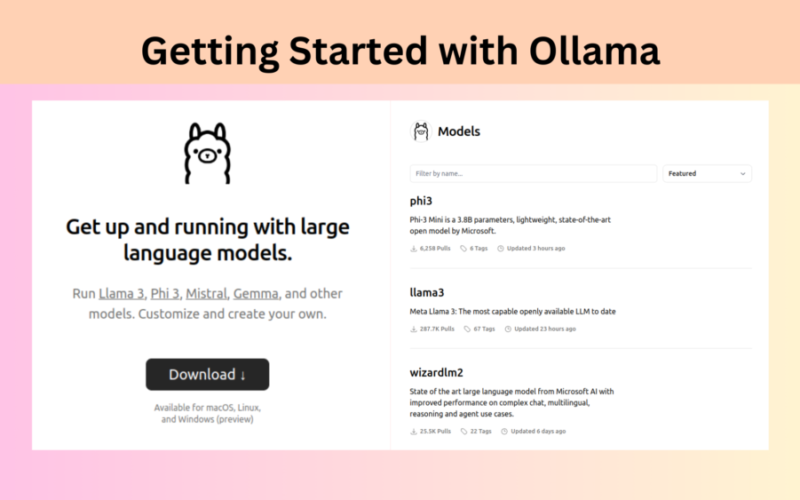What is a MongoDB:
MongoDB is a non-relational database, which means that data is stored as collections.
MongoDB also supports BSON (Binary JSON), a binary-encoded form of JSON that allows for additional data types such as binary, decimal, object ID, and so on.
MongoDB has its own query language, based on JSON and JavaScript grammar, for querying and MongoDB is a non-relational database, which means that data is stored as collections, with each document representing a record and each field representing a value.
Installation for MongoDB?
1st Login to your mongoDB account after doing login create a new cluster for your database as per your requirements. also mongoDB offers free cluster for beginner’s if they want to learn mongoDB. 🙂
Installation Steps:
Package Manager Installation:
- Update the package list: sudo apt update (for Debian-based systems) or equivalent.
- Install MongoDB: sudo apt install -y mongodb-org (for Debian-based systems) or equivalent command for other package managers.
- Start MongoDB service: sudo systemctl start mongod.
- Enable MongoDB to start on boot: sudo systemctl enable mongod.
Cloud Installation (MongoDB Atlas):
- Sign up or log in to MongoDB Atlas.
- Follow the guided steps to create a cluster.
- Configure security settings and connect your application.
Optionally, install MongoDB Compass or other management tools for easier database administration and visualization.
Basic CRUD in MongoDB?
First, ensure MongoDB is installed and running. You can connect to MongoDB using the MongoDB shell or a MongoDB client such as MongoDB Compass.
In MongoDB, databases and collections are created implicitly when data is first stored. To switch to a specific database or create one explicitly, use the following commands: (use mydatabase)
To insert data into a collection (equivalent to a table in relational databases), use the insertOne() or insertMany() methods:
// Insert a single document into a collection
db.users.insertOne({ name: "John Doe", age: 30, email: "john.doe@example.com" });
// Insert multiple documents into a collection
db.users.insertMany([
{ name: "Jane Smith", age: 25, email: "jane.smith@example.com" },
{ name: "Michael Johnson", age: 40, email: "michael.johnson@example.com" }
]);
Read (Find Documents)
To retrieve data from a collection, use the find() method with optional query criteria:
// Find all documents in a collection
db.users.find();
// Find documents matching specific criteria (e.g., find users older than 35)
db.users.find({ age: { $gt: 35 } });
// Find a single document by its _id
db.users.findOne({ _id: ObjectId("insert-id-here") });
Update (Update Documents)
To update documents in a collection, use the updateOne() or updateMany() methods:
// Update a single document matching a query
db.users.updateOne(
{ name: "John Doe" },
{ $set: { age: 31, email: "john.doe.updated@example.com" } }
);
// Update multiple documents matching a query
db.users.updateMany(
{ age: { $lt: 30 } },
{ $set: { status: "inactive" } }
);
Delete (Delete Documents)
To remove documents from a collection, use the deleteOne() or deleteMany() methods:
// Delete a single document matching a query
db.users.deleteOne({ name: "John Doe" });
// Delete multiple documents matching a query
db.users.deleteMany({ status: "inactive" });
Pros of using MongoDB:
- Suitable for unstructured and dynamic data, where the schema and relationships change over time.
- MongoDB provides greater simplicity and agility since it does not require a predefined schema, allowing for more flexible and expressive data models.
- Scalable and performant, it can easily manage massive amounts of different data and distribute it over several servers.
Thank You for reading this post for more like this follow to my account and let me know if you have a suggestions in comment section.
Source link
lol

